Fractions
In fractions we have already learnt about the concept of fraction in 6th grade. We have also learned about types of fractions (proper, improper and mixed), comparison of fractions, equivalent fractions, representation of fractions on the number line, addition and subtraction of fractions.
In 7th grade we will revise and recall, in brief, what we have learnt about fractions and also learn about the multiplication and division of fractions.
What is fraction?
A fraction is a number representing a part of a whole. The whole may be a single object or a group of objects.
A fraction is a number representing a part of a whole. A fraction can be expressed in the form a/b, where a, b are whole numbers and b ≠ 0.
Take a piece of paper. Divide in to four equal parts as shown in the given diagram. Shade one part by some color. Now this shaded part is one of four parts. We say here that the shaded part is one-fourth of the total. ‘One-fourth’ is written as 1/4.
In the adjoining diagram, two of three equal parts have been shaded. Thus the shaded portion is two-third (2/3) of the total.
The numbers like ¹/₄, ²/₃, ³/₅, etc., are called fractions.
A fraction is quantity which expresses a part of whole. By the fraction ³/₅ we mean---Divide a quantity in to 5 equal parts and then take 3 parts of them.
There are two types of fractions ---Common fraction and decimal fraction. We shall now discuss about common fraction.
Common Fraction:
A fraction when expression by two natural numbers, one above the other, separated by a horizontal line is called a common fraction.
Thus, ³/₄, ¹/₃, ⁷/₁₁, etc., are common fraction.
Numerator and Denominator of a Fraction:
In the fraction, the below of the horizontal line is called the denominator. It expresses the number of parts into which a quantity is divided.
The number above the horizontal line is called the numerator. It expresses the number of parts which are taken.
So, Fraction = Numerator
Denominator
In a fraction a/b we call ‘a ‘as numerator and ‘b’ as denominator.
The fraction representing two parts out of 7 equal parts in which the whole is divided is denoted by ²/₇ and is read as “two-sevenths” . In the fraction ²/₇, 2 is called the numerator and 7 is called the denominator.
Similarly, ³/₅ is a fraction with numerator 3 and denominator 5 and ¹²/₇ is a fraction with numerator 12 and denominator 7. Again similarly in fraction ³/₄, 3 is numerator and 4 is denominator.
In seventh grade fractions we will discuss mainly on these points with examples.
● A fraction whose numerator is lesser than the denominator is called a proper fraction.
● A fraction whose numerator is more than or equal to the denominator is called an improper fraction.
● A combination of a whole number and a proper fraction is called a mixed fraction.
● To get a fraction equivalent to a given fraction, we multiply (or divide) its numerator and denominator by the same non-zero number.
● Fractions with the same denominators are called like fractions. Otherwise, they are called unlike fractions.
● A fraction is said to be in its lowest terms if its numerator and denominator have no common factor other than 1.
● To compare fractions, we use the following steps:
Step I: Find the least common multiple (LCM) of the denominators of the given fractions.
Step II: Convert all fractions to its equivalent fraction with denominator is equal to the least common multiple (LCM) obtained in step 1.
Step III: Arrange the fractions in descending or ascending order by arranging numerators in descending or ascending order.
● To convert unlike fractions into like fractions, we use the following steps:
Step I: Find the least common multiple (LCM) of the denominators of the given fractions.
Step II: Convert each of the given fractions into an equivalent
● To add (or subtract) fractions, we may use the following steps:
Step I: Obtain the fractions and their denominators.
Step II: Find the least common multiple (LCM) of the denominators.
Step III: Convert all fractions into an equivalent fraction having its denominator equal to the least common multiple (LCM).
Step IV: Add (or subtract) like fractions obtained in Step III.
● Product of two fraction = Product of their numerator
Product of their denominators
● Two fractions are said to be reciprocal of each other, if their product is 1. The reciprocal of a non-zero fraction ab is equal to ba.
● The division of a fraction ab by a non-zero fraction cd is the product of ab with the reciprocal of cd.
● Fractions
Addition and Subtraction of Fractions
● Fractions - Worksheets
Worksheet on Multiplication of Fractions
Worksheet on Division of Fractions
7th Grade Math Problems
From Fractions to HOME PAGE
Didn't find what you were looking for? Or want to know more information about Math Only Math. Use this Google Search to find what you need.
Recent Articles
-
Subtraction of Decimals | Subtracting Decimals | Decimal Subtraction
Apr 24, 25 03:25 PM
We will discuss here about the subtraction of decimals. Decimals are subtracted in the same way as we subtract ordinary numbers. We arrange the digits in columns -
How to Do Long Division? | Method | Steps | Examples | Worksheets |Ans
Apr 24, 25 10:18 AM
As we know that the division is to distribute a given value or quantity into groups having equal values. In long division, values at the individual place (Thousands, Hundreds, Tens, Ones) are dividend… -
Division by Two-Digit Numbers | Knowledge of Estimation | Division
Apr 24, 25 10:12 AM
In division by two-digit numbers we will practice dividing two, three, four and five digits by two-digit numbers. Consider the following examples on division by two-digit numbers: Let us use our knowl… -
Addition of Decimals | How to Add Decimals? | Adding Decimals|Addition
Apr 24, 25 01:45 AM
We will discuss here about the addition of decimals. Decimals are added in the same way as we add ordinary numbers. We arrange the digits in columns and then add as required. Let us consider some -
Addition of Like Fractions | Examples | Videos | Worksheet | Fractions
Apr 23, 25 09:23 AM
To add two or more like fractions we simplify add their numerators. The denominator remains same. Thus, to add the fractions with the same denominator, we simply add their numerators and write the com…
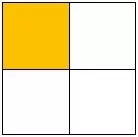
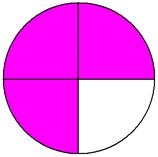

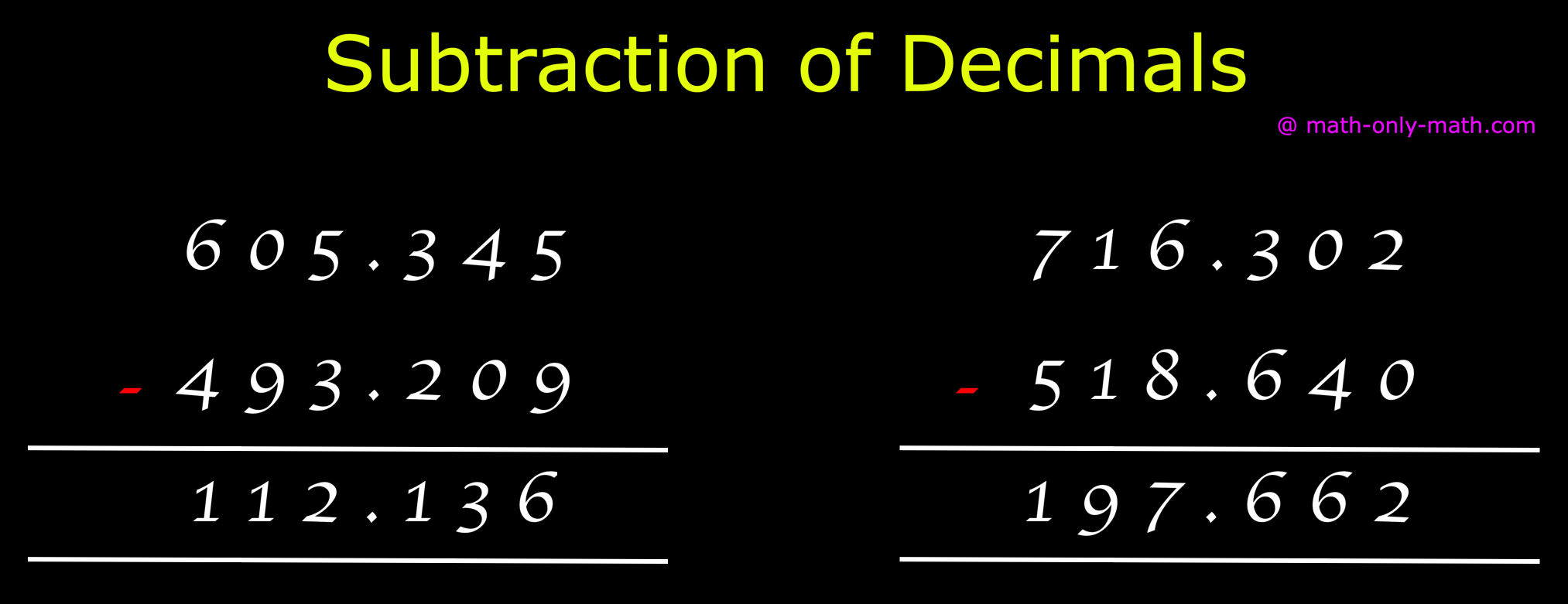
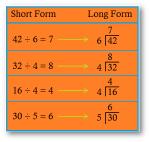
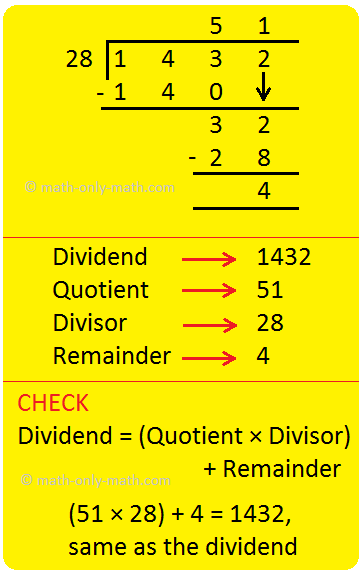

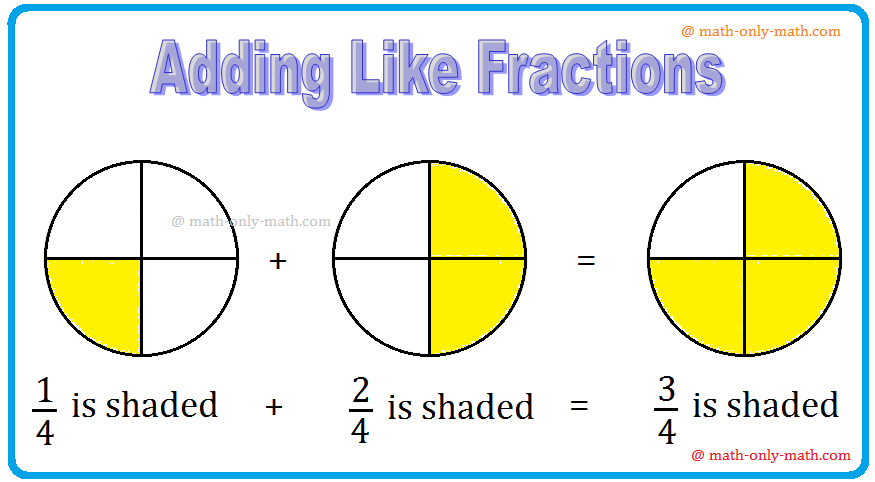
New! Comments
Have your say about what you just read! Leave me a comment in the box below. Ask a Question or Answer a Question.